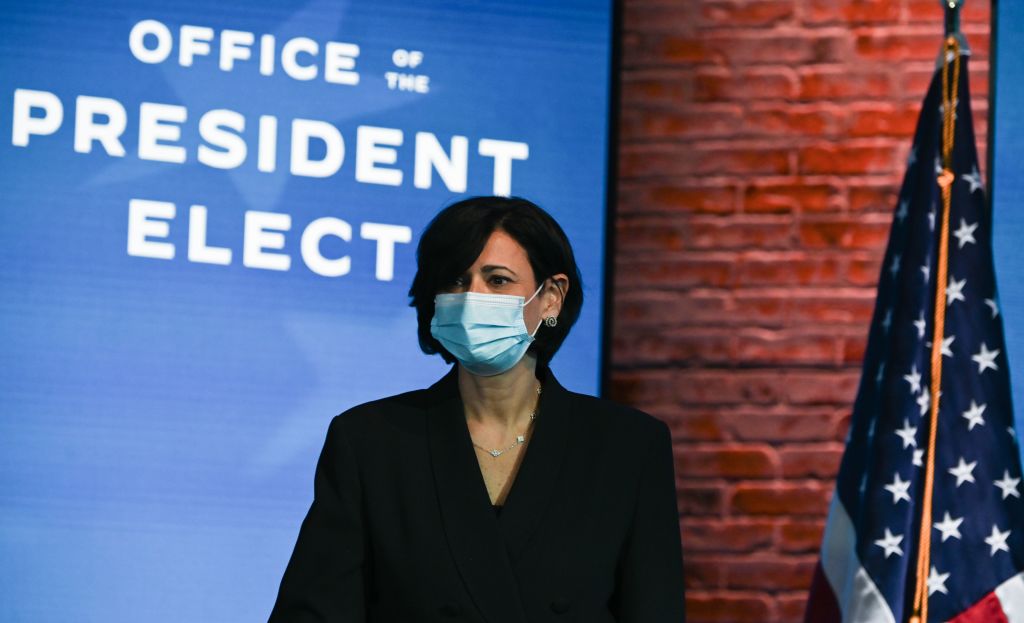As the US approached the start of the school year in 2020, the guidance it received from the federal government was a mess. The Centers for Disease Control (CDC) issued a series of documents in late July that was a mix of evidence-based risk analysis and full-throated endorsement of having children back in school, with no consideration of risk at all.
Now, with a new administration in charge and promoting evidence-based policymaking, the CDC has revisited its advice on pandemic safety in schools. The result is a set of documents that are far more coherent in their approach to managing risk. Several documents all promote a single approach to keeping schools open, focused on mask use and distancing, and back that up with an analysis of the latest research on the pandemic's spread in children. And, in introducing them, CDC Director Rochelle Walensky announced, "I can assure you this is free from political meddling."
Science-focused
In a press conference announcing the release of the new documents, the count of Walensky's use of the term "science based" probably reached double digits. Backing that up is one of the three documents released by the CDC on Friday, which focuses entirely on the evidence that was used to formulate the new guidelines. The document makes clear that a lot of the information we now have has come from analyses of what happened after schools were reopened in the autumn, both in the US and overseas. This makes it clear that, even if it weren't for the change in administration, we were due to revisit our thinking about school safety. One thing that has remained consistent is that school-age children seem to be less severely affected by COVID-19 than adults. As the US approaches half a million people killed by the pandemic, only 203 of the victims have been under the age of 18. Symptoms in general appear to be less severe in younger individuals, and there are some indications that children are more likely to have asymptomatic cases. That has ensured that children are less likely to be tested, which has made it harder to determine the spread of the virus between children and from children to adults. The CDC notes that there are some indications that spread via children may be less frequent, but the evidence here is much less certain. The lower incidence of spread among children would tend to indicate that the risk to children in schools is lower. But the CDC also notes that, in cases where safety guidelines aren't followed, there have been instances where schools have allowed significant spread of SARS-CoV-2. But safety guidelines can make a big difference. "When mitigation strategies—especially mask use and physical distancing—are consistently and correctly used," the CDC document states, "the risk of transmission in the school environment is decreased." The other key piece of data that informs the new guidelines is on the relationship between spread in the community and that in schools. The CDC says that, for every five additional cases per 100,000 in the community, the risk of an outbreak in schools goes up by over 70 percent.Science into policy
So, how do you convert that information into policy? In the CDC's case, there are two key features. One is what Walensky called "layered mitigation." She said that individual policies each provide a degree of protection, and layering each protection on top of the others can do far more than any individual one can on its own. The five layers the CDC is calling for are:- Mask use. Mandatory under all circumstances, with guidance on how to wear them effectively.
- Distancing. Beyond spacing students in schools, use small class groups that stay together all day, stagger schedules, etc.
- Handwashing and respiratory etiquette. Make sure students know how to keep themselves and others safe.
- Healthy facilities. Improved ventilation, regular disinfection.
- Contact tracing and isolation. Handled in coordination with local health authorities.


